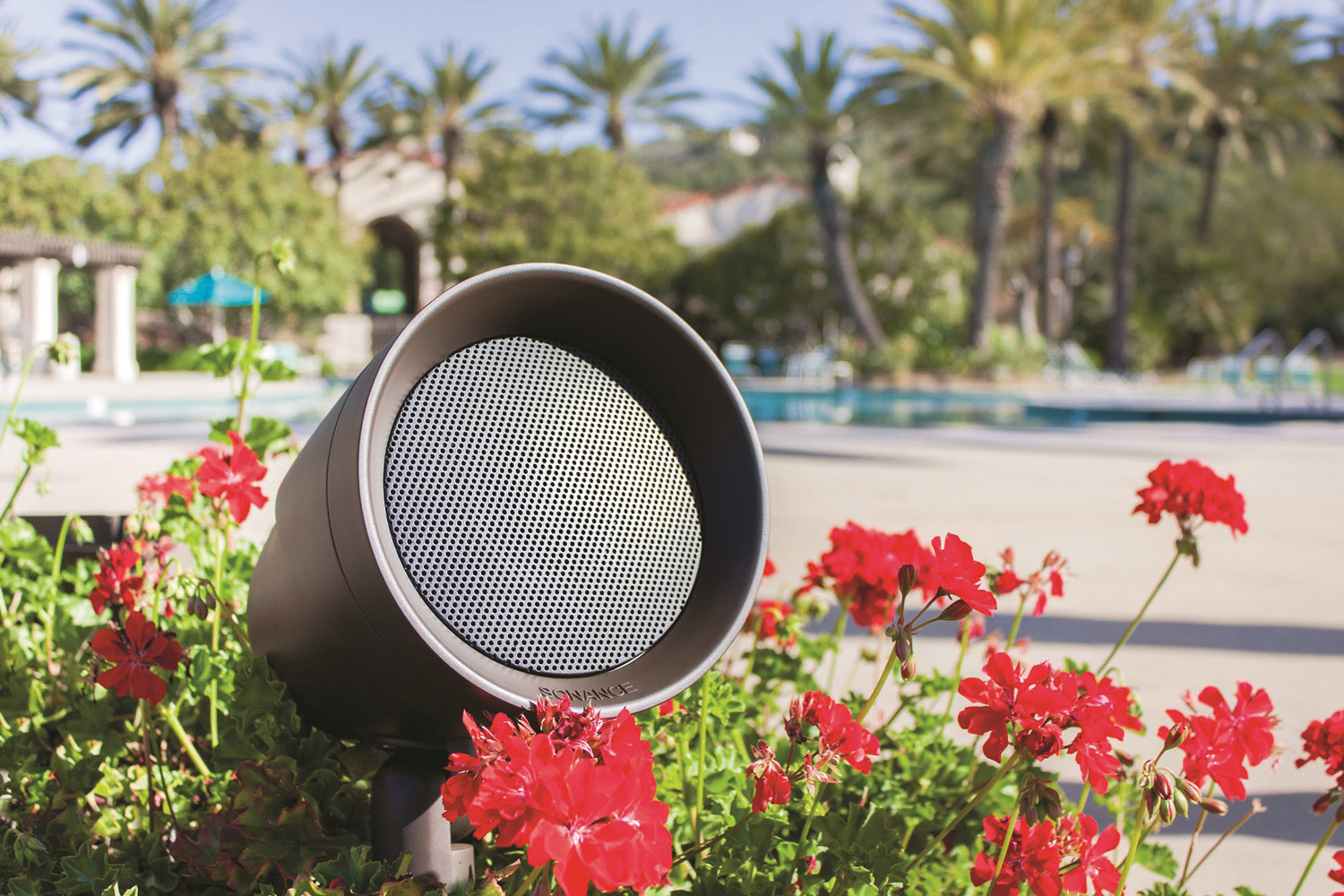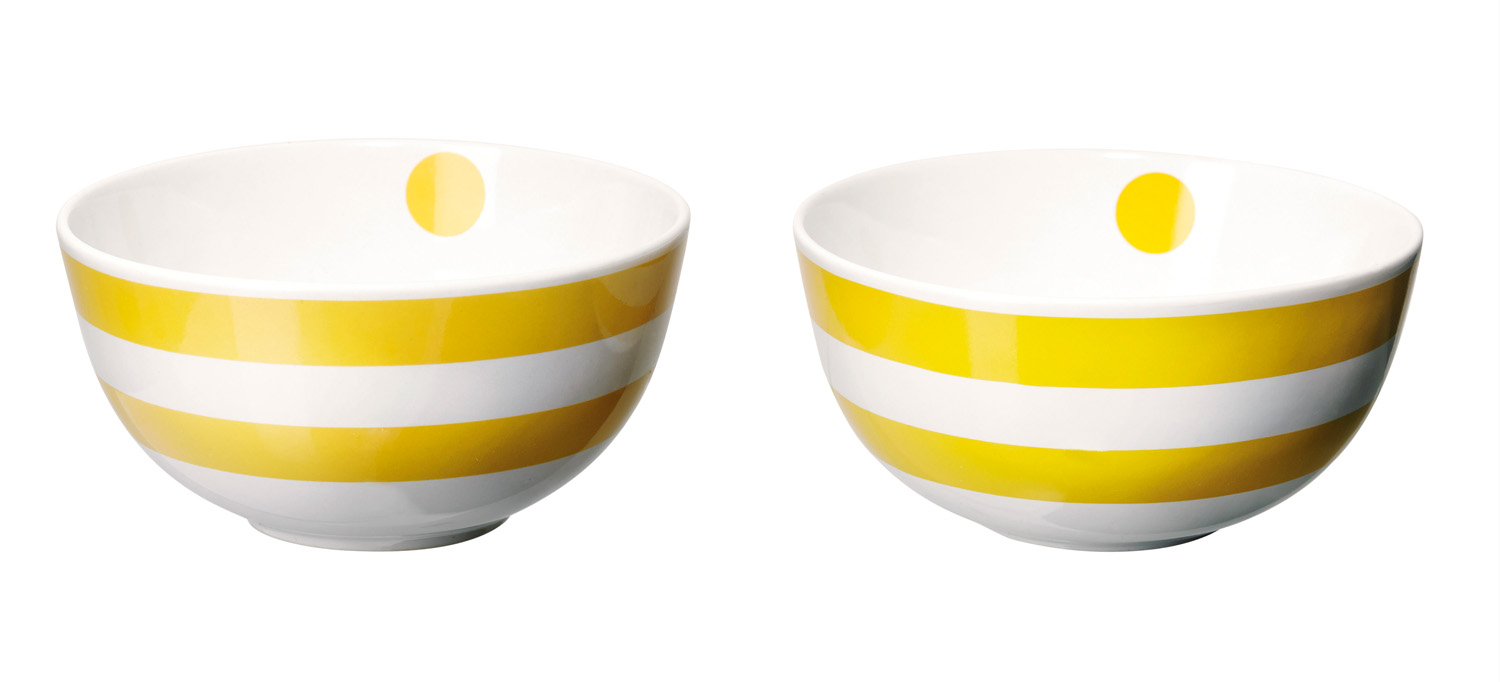By Dean Boone, MAILDM
If you want to tread more lightly on the planet, making your garden sustainable is a great way to start. Dean Boone offers his top tips.
For the average gardener, a sustainable garden is going to be one that requires minimal input, is organic wherever possible, produces some food along the way and helps the environment as well. So you see, the word ‘sustainable’ can mean different things to different people. The one key component that is common across the board is that a sustainable garden tries to reduce your footprint on the environment.
So just how sustainable is your garden? When you start to think about the little changes you can make, and the changes are very simple, you will find that in every way you are improving your garden, improving your health and improving the Earth. Some of the changes you can make will reduce your maintenance requirements and free up your weekends. Some will reduce the amount of products you need to buy for the garden and some will help foster local biodiversity, which means better pest and disease control for you.
Here are some top design tips to get you started:
Minimise maintenance:
The first big area of change you can make to your garden will reduce your maintenance needs. You want a garden that really looks after itself without too much effort.
- Magic mulch: Make your garden more sustainable by mulching regularly; this helps just about everything.
- Reduce lawn: Eliminate lawn areas wherever you don’t really need them and replace with planting instead.
- Mix-and-match: Fruiting trees can be very ornamental and herbs have to be some of the hardiest plants available. Break free of the confines of your vegie garden and let your edible plants frolic with your flower beds.
- Plant selection: Plant selection will determine your maintenance needs and selecting a design that requires minimal pruning, staking, tying and nurturing is going to make your life a whole lot easier.
- Right plant, right place: This is the basic principle of every good garden. A sustainable garden is going to consist of only these types of plants and none of the fuss and fluff of old-fashioned gardens. Abandon your preconceived ideas of an English garden and embrace the new.
Reduce, reuse, recycle:
Wherever you can save money means you’re putting less into the garden and you’re making the whole system work within itself.
- Don’t over-fertilise: Too many of us over-fertilise and it just goes to waste. Use your compost as a natural plant food and go organic wherever possible. The less is more approach works best, so if you are not a great gardener, a slow-release fertiliser is the one for you.
- Compost: Anyone who doesn’t compost needs to ask themselves why. Anyone with a bit of green in the backyard should have a compost bin. Recycle your waste and turn it into gold.
- Be resourceful: It’s very common to find exactly what you need for the garden, in the garden itself. There’s no cost and reusing something that you already have at hand.
Go for native plants:
Native plants have finally become loved by Australian gardeners and there is an abundance of choice. The more local your native plant selection the better it is for your resident bees, bugs and butterflies:
- Buy local: Check with your local garden centre or your local council to find out what grows naturally in your area.
- Proper care: Native plants are already tough and hardy but don’t think they won’t love the same level of TLC as other hardy exotic plants. Treat them with equal love.
- Use for screening: Natives just love pruning and make great hedges, topiary and bushy screening shrubs.
- Attract birds: Encourage native birds in with a small birdbath in the garden.
Everything suggested is so simple to do, won’t cost a lot of money and will truly make a real difference in turning your garden into a sustainable one. Little steps are all that are needed to get you on the path to being green.
So how do you become a sustainable gardener? The answer is one step at a time.
Dean Boone is a Sydney-based landscape designer and director of distinctive. He is also a Vice President of the Australian Institute of Landscape Designers & Managers.





